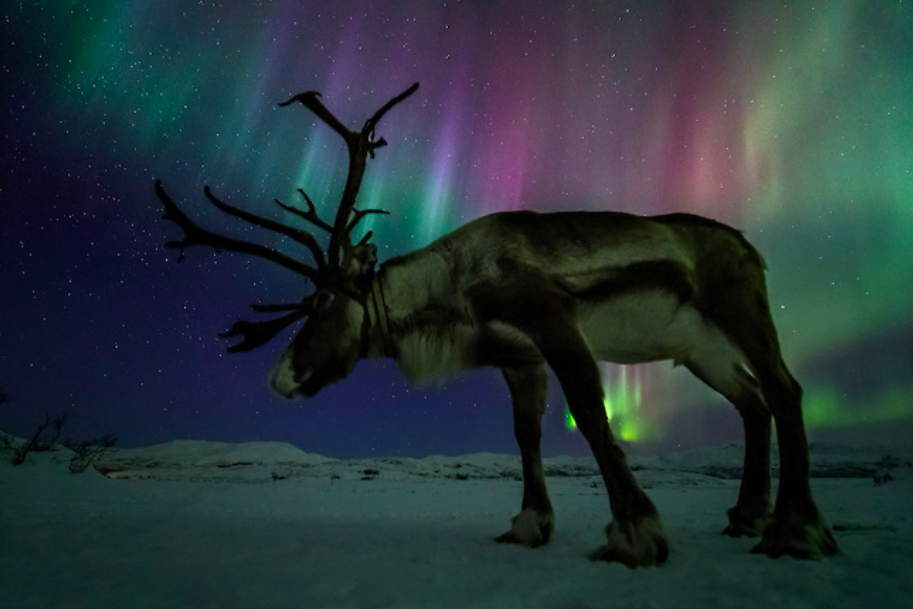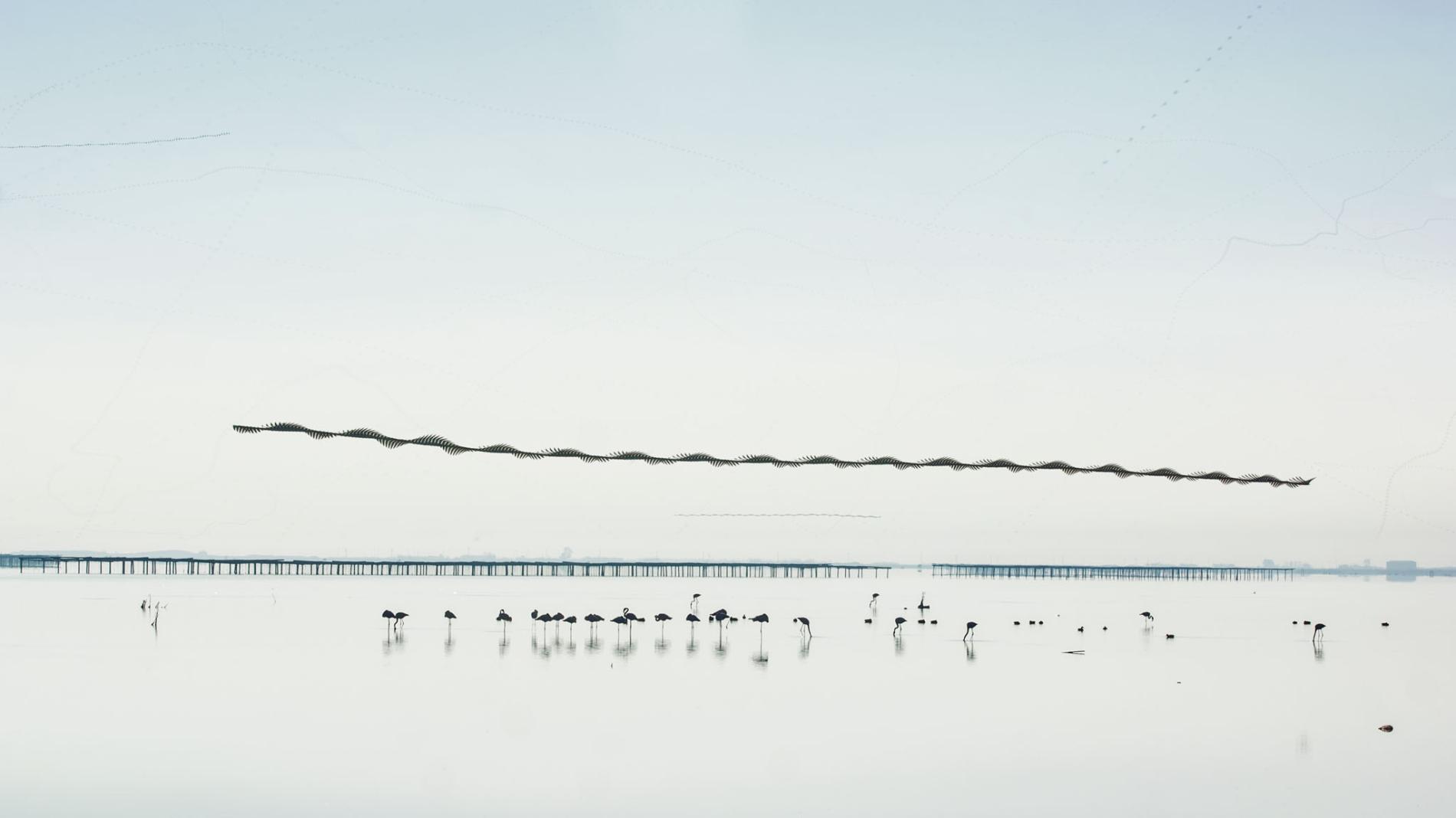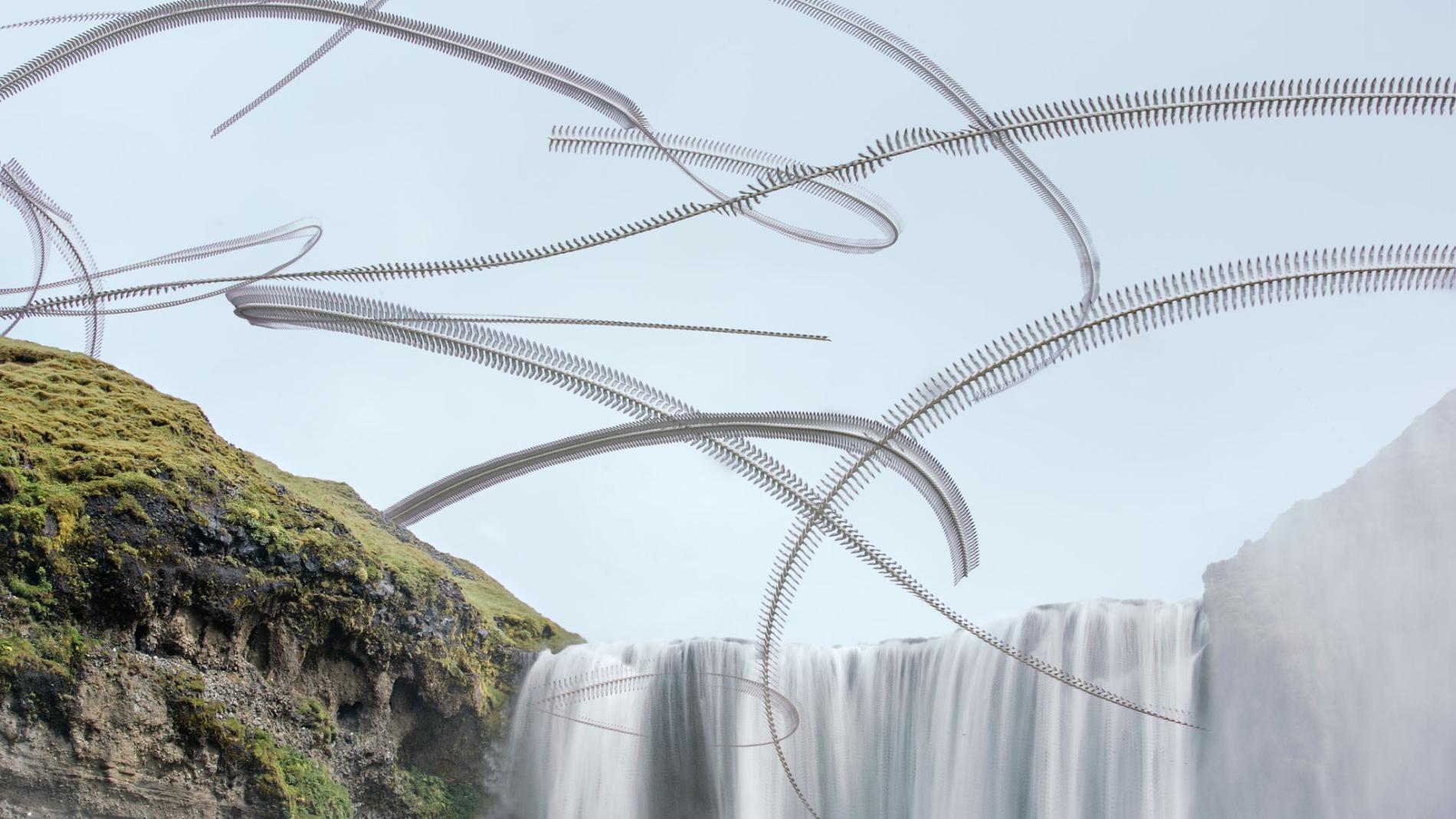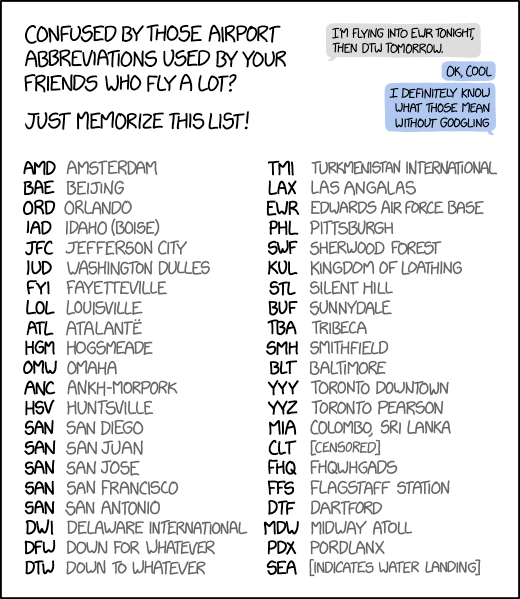It’s easy to complain about the cold
When we returned to Ontario earlier this week from spending the holidays out west, we knew we would be returning to a cold front; we were not prepared for how cold it really was going to be.
It’s easy to complain about the cold: talking about the weather, especially extreme weather, makes conversation less awkward, more relatable. Discussions about the cold act as social grease on frigid winter days when nobody wants to linger, nobody has the necessary comfort to discuss deeper things until they are in front of the fire, warm again. Contrary to those who believe that small talk is inane and useless, I embrace this talk of the weather, and relish the opportunity to bond with others—especially strangers—over a shared discomfort.
Liz Danzico recently wrote a short reflection about weather, and as is usual for anything she writes, it is poignant and insightful and beautiful:
When it comes to weather, we have a beginner’s mind. We approach each season as a blank slate, a wholesale dropping of our expectations, opening ourselves to be astonished by something as simple as temperature or precipitation.
She ends the reflection asking an important question: could we apply the same open expectations to our lives?
That’s the question I’m taking with me into the weekend.
It’s no secret that urban planning and building better, more inclusive, cities is something I think about often; questions about city-building often keep me up at night, so perhaps I think about them too often.
I loved this illustrated agenda for change that CityLab recently published. In it, they asked 10 people around the world what we can do better in 2018, and the answers are heartening.
What really stayed with me, especially since it is something that I’ve been thinking about a lot recently, is the notion of the complete city, and the intersectional approach to building communities.

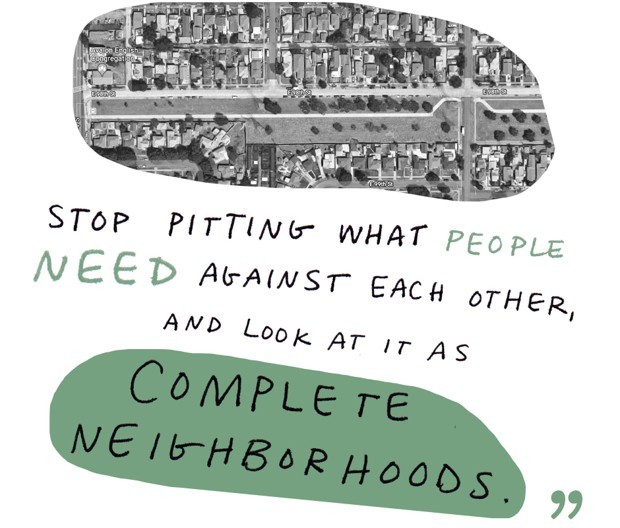
I also loved the idea of investing in people’s imaginations, passion, and commitment. That’s something we try to do at the Urban League, and Shawn Adamsson has been cooking up a new Urban League project that will tap into the passion and imagination of Londoners to build a beautiful city.
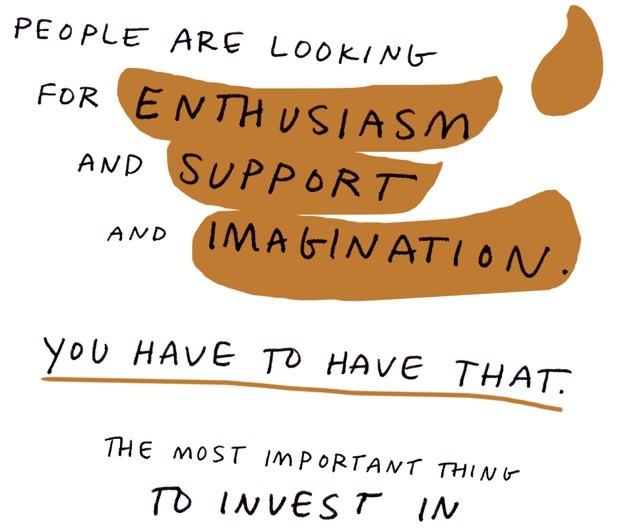

I’ll be sure to share more information about the new project as soon as it’s announced by mid-month.
In case you missed it:
- I read 95 books in 2017. (I will read far fewer this year.) Last week, I wrote a sentence or two about each and every single one of them.
- I began the year telling myself that I would not be guided—or constrained—by a word or a mantra. On the last day of 2017, I realized (and wrote about how) my year was marked by two themes: resilience and belonging.
- On the first day of 2018, I made a list of a few things to remember to do this year, and every year.
A few things to read and explore:
Took me long enough to get to it, but The First White President by Ta-Nehisi Coates is a masterpiece. Not quite The Case for Reparations or My President Was Black, but still incredibly poignant and powerful.
It is often said that Trump has no real ideology, which is not true—his ideology is white supremacy, in all its truculent and sanctimonious power. Trump inaugurated his campaign by casting himself as the defender of white maidenhood against Mexican “rapists,” only to be later alleged by multiple accusers, and by his own proud words, to be a sexual violator himself. White supremacy has always had a perverse sexual tint. Trump’s rise was shepherded by Steve Bannon, a man who mocks his white male critics as “cucks.” The word, derived from cuckold, is specifically meant to debase by fear and fantasy—the target is so weak that he would submit to the humiliation of having his white wife lie with black men. That the slur cuck casts white men as victims aligns with the dicta of whiteness, which seek to alchemize one’s profligate sins into virtue. So it was with Virginia slaveholders claiming that Britain sought to make slaves of them. So it was with marauding Klansmen organized against alleged rapes and other outrages. So it was with a candidate who called for a foreign power to hack his opponent’s email and who now, as president, is claiming to be the victim of “the single greatest witch hunt of a politician in American history.”
To Trump, whiteness is neither notional nor symbolic but is the very core of his power. In this, Trump is not singular. But whereas his forebears carried whiteness like an ancestral talisman, Trump cracked the glowing amulet open, releasing its eldritch energies. The repercussions are striking: Trump is the first president to have served in no public capacity before ascending to his perch. But more telling, Trump is also the first president to have publicly affirmed that his daughter is a “piece of ass.” The mind seizes trying to imagine a black man extolling the virtues of sexual assault on tape (“When you’re a star, they let you do it”), fending off multiple accusations of such assaults, immersed in multiple lawsuits for allegedly fraudulent business dealings, exhorting his followers to violence, and then strolling into the White House. But that is the point of white supremacy—to ensure that that which all others achieve with maximal effort, white people (particularly white men) achieve with minimal qualification. Barack Obama delivered to black people the hoary message that if they work twice as hard as white people, anything is possible. But Trump’s counter is persuasive: Work half as hard as black people, and even more is possible.
When I lived and worked in the UK, I must have eaten a sandwich from M&S, Pret, or Tesco at least three times a week. This look at how the sandwich consumed Britain is fascinating.
Sandwich people seek to know more about us than we know about ourselves. They spend just as much time thinking about our habits and frailties as they do thinking about what we want to eat. Starbucks knows you are more likely to have a salad on a Monday, and a ham and cheese toastie on a Friday. Sandwich factories know that our New Year’s resolutions will last until the third week of January, when the BLT orders pick up again. Clare Clough, the food director of Pret a Manger, told me that the company can predict years in advance, if necessary, its busiest day for breakfast sandwiches: the last working Friday before Christmas — office party hangover morning — which this year falls on 15 December. “We can tell you now how many we are going to do,” she said.
I’ve often repeated the mantra that Southwestern Ontario is really a midwestern state (a Rust Belt one, at that) but after reading On Being Midwestern, perhaps there’s a certain midwestern-ness that we don’t quite have.
Canadians live in a country that has been jokingly described as America’s Midwest writ larger—Canada and our Midwest share, among other things, manners, weather, topography, and a tendency among their inhabitants to downplay their own racism—yet they are hyperspecific in their language, assuming a knowledge of local landmarks that it never occurs to them non-Canadians may not possess. […]
What does it do to people to see themselves as normal? On the one hand, one might adopt a posture of vigilant defense, both internal and external, against anything that might detract from such a fully, finally achieved humanness. On the other hand, a person might feel intense alienation and disgust, which one might project inward—What is wrong with me?—or outward, in a kind of bomb-the-suburbs reflex. A third possibility—a simple, contented being normal—arises often in our culture’s fictions about the Midwest, both the stupid versions (the contented families of old sitcoms) and the more sophisticated ones (Fargo’s Marge Gunderson, that living argument for the value of banal goodness). I have yet to meet any real people who manage it. A species is a bounded set of variations on a template, not an achieved state of being.
It’s pretty evident that our generation (and future ones) are living in a system that’s intrinsically rigged against us. The question that Generation Screwed asks is, what are we going to do about it?
Across huge swaths of American cities, it’s pretty much illegal to build affordable housing.
And this problem is only getting worse.
That’s because all the urgency to build comes from people who need somewhere to live. But all the political power is held by people who already own homes. […]
The boomer-benefiting system we’ve inherited was not inevitable and it is not irreversible. There is still a choice here. For the generations ahead of us, it is whether to pass down some of the opportunities they enjoyed in their youth or to continue hoarding them. Since 1989, the median wealth of families headed by someone over 62 has increased 40 percent. The median wealth of families headed by someone under 40 has decreased by 28 percent. Boomers, it’s up to you: Do you want your children to have decent jobs and places to live and a non-Dickensian old age? Or do you want lower taxes and more parking?
Technically, where we live is a mid-to-large city, but in an era of large metropolises, it’s feeling more and more like a small town. The Gambler’s Ruin of Small Cities has a sobering look of the decline of our smaller cities, and it’s scary.
Small cities were and are more likely to fail if they have miserable winters, more likely to come up with new tricks if they’re college towns and/or destinations for immigrants . Still, if you back up enough, it makes sense to think of urban destinies as a random process of wins and losses in which small cities face a relatively high likelihood of experiencing gambler’s ruin.
Again, it was not always thus: once upon a time dispersed agriculture ensured that small cities serving rural hinterlands would survive. But for generations we have lived in an economy in which smaller cities have nothing going for them except historical luck, which eventually tends to run out.
Something we all need to understand if we aim to design and build more inclusive communities: the city we experience is not the city everyone else lives.
When you’re on a crowded subway or crawling in traffic on the 401 with tens of thousands of other cars, think about how each person has a different trajectory that day, and each their own family, friends or work contacts, and how complex each of those relationships are. Everybody has their own special places in the city, maybe the bench where their partner asked them to marry them. We all have places of deep sadness or even terror that mean nothing to others too.
The maps of this city layer up infinitely, and connect to other places. The interconnected network begins to boggle the mind and is too big to comprehend, yet here we all are riding the subway together in silence, wearing the same Canada Goose or quilted shiny puffy ski jackets, a bit of winter sweat running down the small of our backs in the overheated cars. We’re all together, yet live wildly distinct lives at the same time.
Related to the above piece, one of the things I’ve been really conscious of now that we’ve moved to a suburban neighborhood is that in complete communities, pedestrians take precedence. Right now, our neighborhood is far from complete, and potentially even pedestrian-averse. I really hope we can fix that one day.
In contrast to more contemporary suburbs, which have been designed for getting around in a car, complete communities cater to pedestrians and are supported by exceptional public transit. They are great places to walk and cycle, not just for recreation but as a form of transportation. In these communities, you can walk to do your groceries, go to school, get your hair cut or undertake everyday tasks. Transit is frequent and abundant for longer trips. They are ideal places for car share services, since using a car is one of a handful of movement options.
Why do these options work in complete communities, but not elsewhere? Complete communities are planned and designed with a mix of uses, combined or in proximity. At higher densities that make local retail and services viable, the “nearness” of many uses makes walking pleasant, and makes it more likely that you will know your neighbours. Pedestrians are expected and they are treated as a priority.
This photo of a reindeer in front of the aurora borealis by Ole Salomonsen is one of the most beautiful scenes I’ve ever seen.
These geologic maps of the moon are colourful and fun.
Xavi Bou captures the paths that birds make across the sky, and I stare, mesmerized:
Photographer Kenji Toma uses a technique called focus-bracket shooting to create these hyperrealistic images of flowers.
And a few more:
- Why Good Design is a Public Good
- Afraid of Falling? For Older Adults, the Dutch Have a Cure
- Yacob and Amo: Africa’s precursors to Locke, Hume and Kant
- The New Year’s Superstition That Involves Eating 12 Grapes at Lightning Speed
- How panettone is making a holiday comeback at one of Toronto’s finest Italian spots. (I’ll be honest, I’m smitten with Terra Breads’ cherry-chocolate panettone.)
A quick laugh, via XKCD, before you go:
Want to get this and future weekend reading links in your inbox instead of checking the blog? You can now subscribe to the newsletter.
